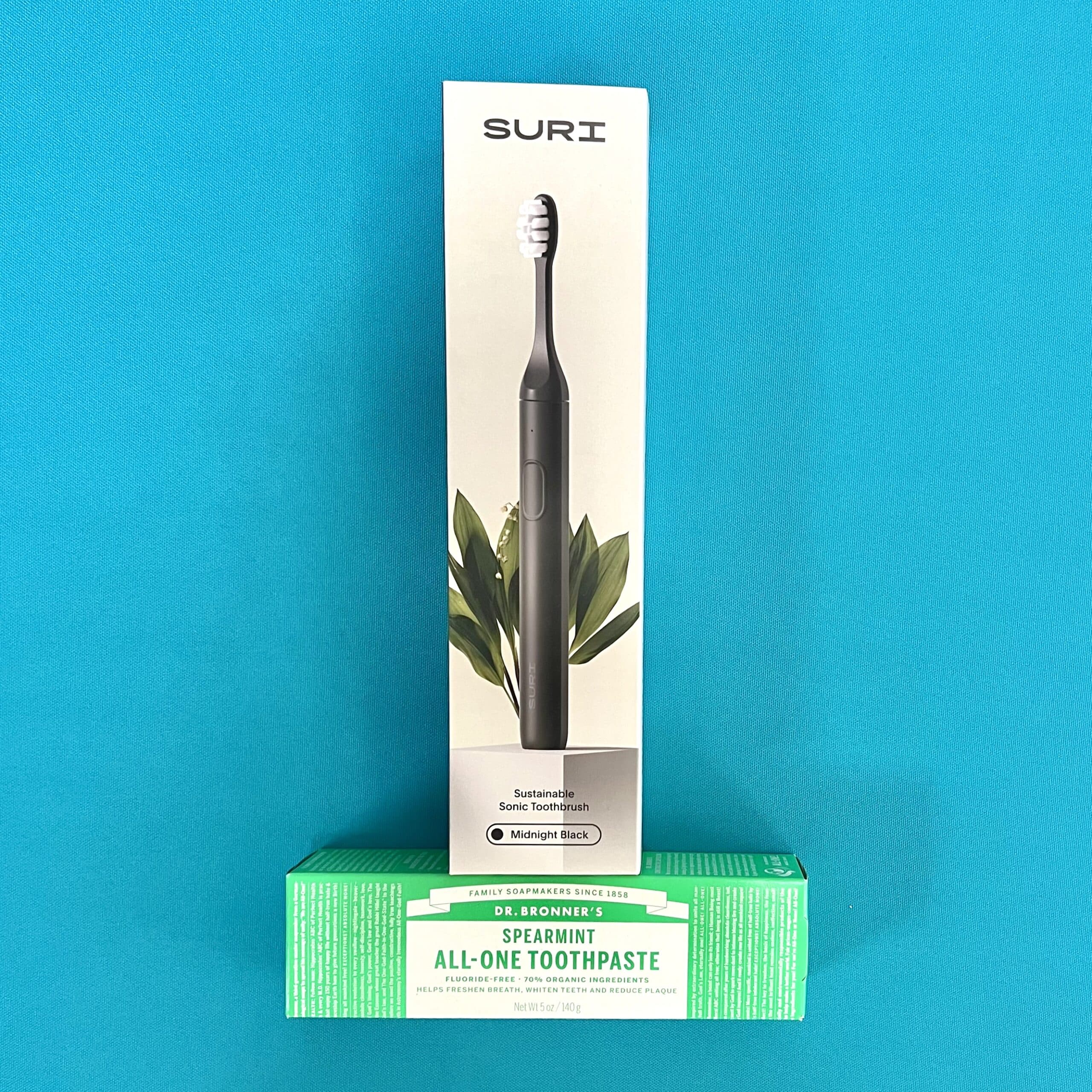
Energy is the pulse of life. It fuels every heartbeat, thought, and action — the spark that keeps our bodies, communities, and planet in motion. From the chemical energy that powers our cells to the electricity that lights our homes, energy connects us all. It determines not only our future but the health of the systems that sustain us.

At its most basic level, energy drives life. Our bodies transform food into usable fuel, powering everything from muscle movement to memory. The same laws of energy flow through nature: sunlight becomes plant growth, wind turns into motion, and water sustains life. Every exchange follows the same rule — energy cannot be created or destroyed, only transformed. When we waste or use it inefficiently, we strain the delicate balance that supports all living systems.
Energy also flows between people. Every connection — sharing knowledge, growing food, building homes — requires energy in physical and social forms. Communities are like living power grids: when energy and opportunity are shared equitably, societies thrive. Yet millions still lack access to reliable electricity, clean cooking, and safe housing. According to the International Energy Agency, around 730 million people remain without electricity, mostly in sub-Saharan Africa. Energy poverty limits education, health, and opportunity, reminding us that sustainable energy must also be just energy.
Most of our global systems still depend on fossil fuels — oil, coal, and gas — which supply about 80% of the world’s primary energy. Burning them releases carbon dioxide and other pollutants that overheat the planet and harm human health. Harvard’s C-CHANGE research links fossil fuel combustion to cardiovascular and respiratory illness, premature birth, and even neurodegenerative disease. These costs are invisible on utility bills but devastating in real life.
Across the world, countries and communities are proving there’s another way. Iceland produces nearly all of its electricity from renewable sources like hydro and geothermal power. In Africa, initiatives like Vuka Energy are expanding access to clean power and local ownership. Businesses and citizens are also transforming how they engage with energy. Green America helps people divest from fossil fuels and support companies that prioritize renewables, while the Global Footprint Network tracks resource use to show how human demand compares with the planet’s capacity to regenerate. Each effort adds to a growing movement toward balance between energy use and renewal, extraction and restoration.
Technology adds both promise and pressure. Data centers and artificial intelligence models now consume vast amounts of electricity; the same physical energy that could power millions of homes. But these tools also offer potential for smarter, more efficient systems, from grid management to predictive climate modeling. As innovation expands, the challenge is not to stop using energy but to use it wisely by designing technologies that align with ecological limits and social equity.
Each of us plays a role in this transition. Reducing unnecessary consumption, unplugging devices, choosing renewable energy providers, and advocating for clean energy policies all help lower demand on the planet’s systems. When we see energy as something that moves through everything — our bodies, our relationships, our economies — we understand that every act of conservation is an act of care.
Energy is life in motion. By reimagining how it flows through and around us, we can replace exhaustion with regeneration and scarcity with renewal. The energy we choose to sustain will determine not just how we live, but whether we thrive together.
RESOURCES
CHALLENGE
Energy is more than electricity — it’s the force that fuels your body and mind. Just like the planet, people can’t sustain constant output without rest and renewal. Conserving your own energy is part of living in balance with the world around you.
Energy powers everything from your heartbeat to your phone battery. Most of it comes from far away, yet its impacts are felt right where you live. Understanding how the energy you depend on connects to people and the planet is the first step toward using it more wisely.
Every community runs on energy, but those systems can either drain or sustain life. Rethinking energy means looking closer at where power is used, wasted, or could be renewed. When we act together, small shifts on our campuses and in our communities can spark lasting change.

Each Greener Winner will receive:

Each Greenest Winner will receive: